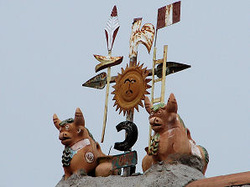
Peru is certainly no exception, but exists as a melting pot of modern / colonial Spanish and Inca / pre-Inca culture.
Where is Pucara, Peru?
The town of Pucara (or Pukara)—population 5,000 to 10,000, but no absolute figure—is a quiet pueblo located in the southern highlands in the northern basin of Lake Titicaca, about 66 miles north of the city of Puno (Lake Titicaca) between Cuzco and Puno. The altiplano (high plane in the Andes Mountains), is very dry, bleak, and not particularly hospitable terrain.
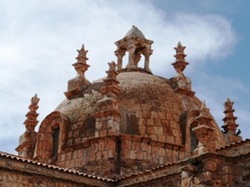
Within the town, facing the Plaza de Armas, is the Church of Santa Isabel De Pukara built by Jesuit missionaries in 1767. Its ornate interior contains a beautiful colonial church containing a large mural of the Jatun Ñak'aq, El Gran Degollador (or Decapitator).
There is also the Museo Lítico de Pukara just off the plaza, on the road to the pre-Columbian archeological site by the same name (300 B.C. thru 300 A.D.) is known for its unusual horseshoe-shaped temple of stone masonry. Actually, the museum has some very wonderful ceramic pieces.
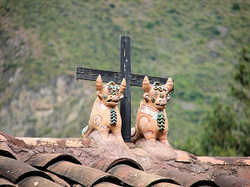
It is tradition and very common in the highlands of the Andes to place to ceramic bulls on the red clay tile roofs of the houses. The two bulls are placed side by side at the peak of the roof, sometimes with a ladder and a cross.
According to Escaped to Peru – Latin American Blog “Two bulls side by sale (male and female) are said to signify various things.” Help me out, here. I was under the impression (possibly an incorrect one) that all bulls were of the male persuasion. Am I missing something?
Regardless, the bulls keep the house safe with a blessing to the “Apus” (the Inca mountain gods) and ensure health, wealth, and unity for the occupants of the house.
□
References
http://www.rediscovering-america.com/html
http://www.delange.org/Pucara/Pucara.htm
go2peru.biz/peru_guide/puno/photo_pucara_museum_church.htm
http://escapedtolatinamerica.blogspot.com/2010_11_01_archive.html
http://www.historiacultural.com/2009/04/la-cultura-pukara-pucara-puno.html
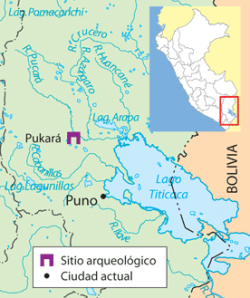
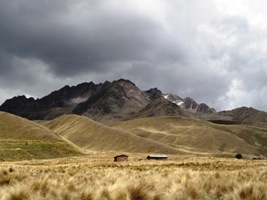
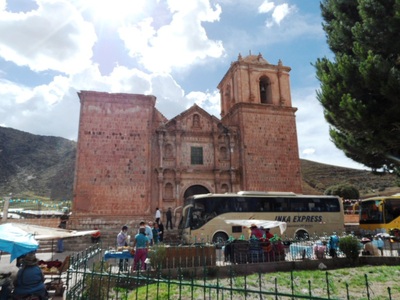
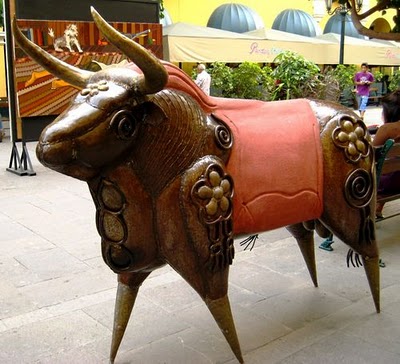
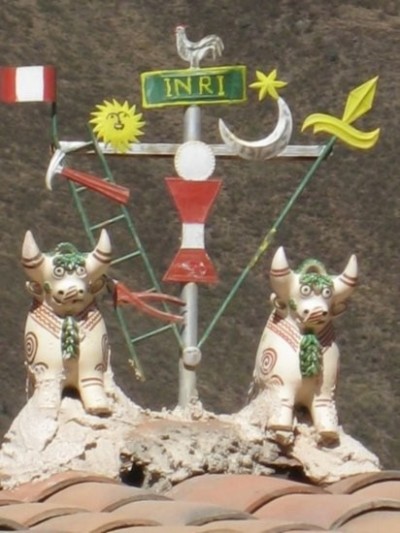
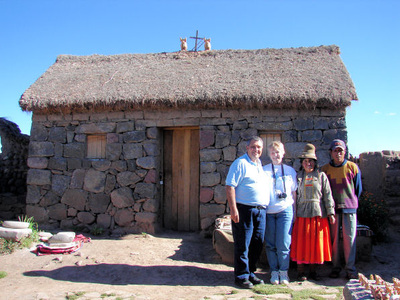
 RSS Feed
RSS Feed